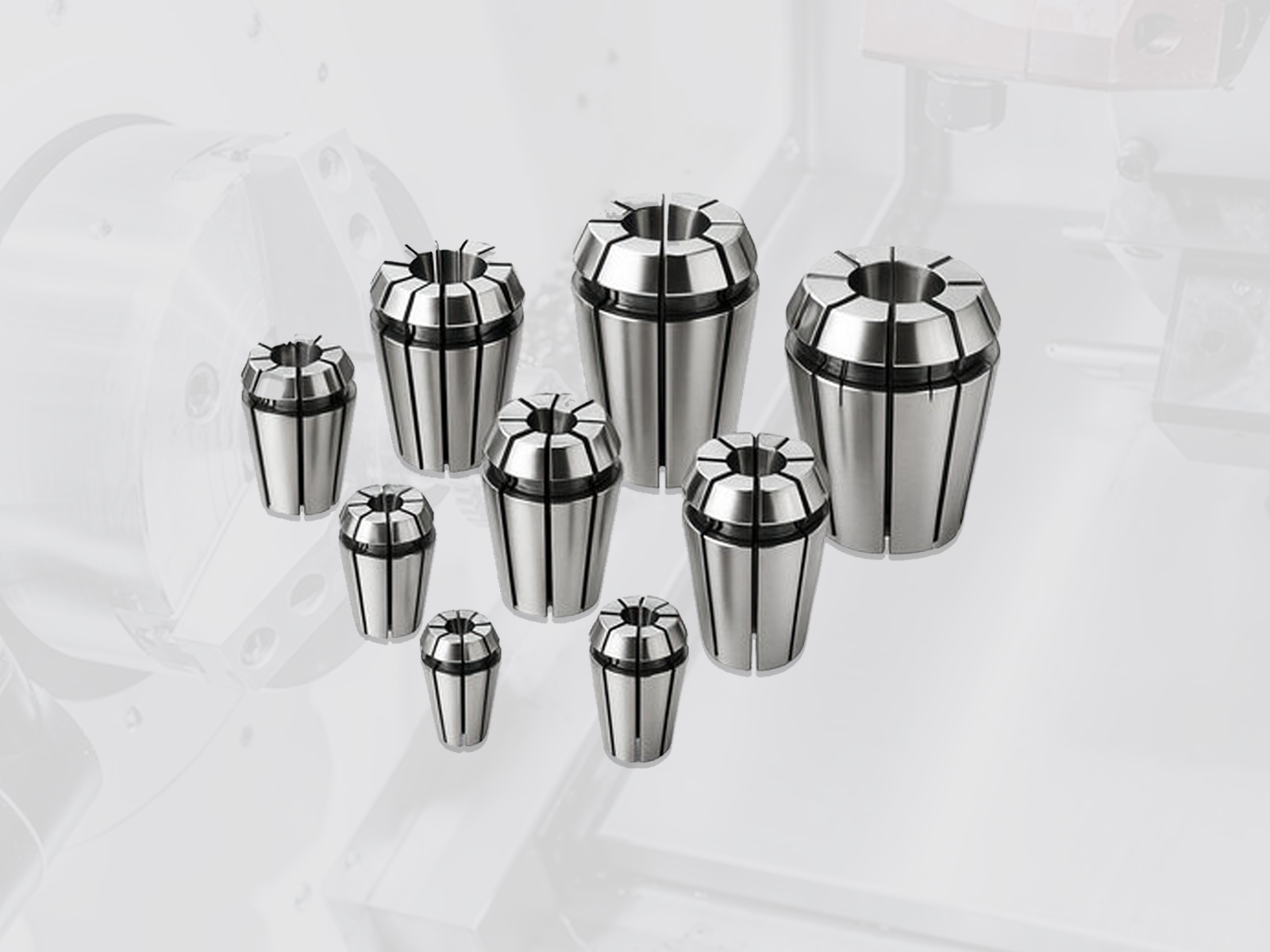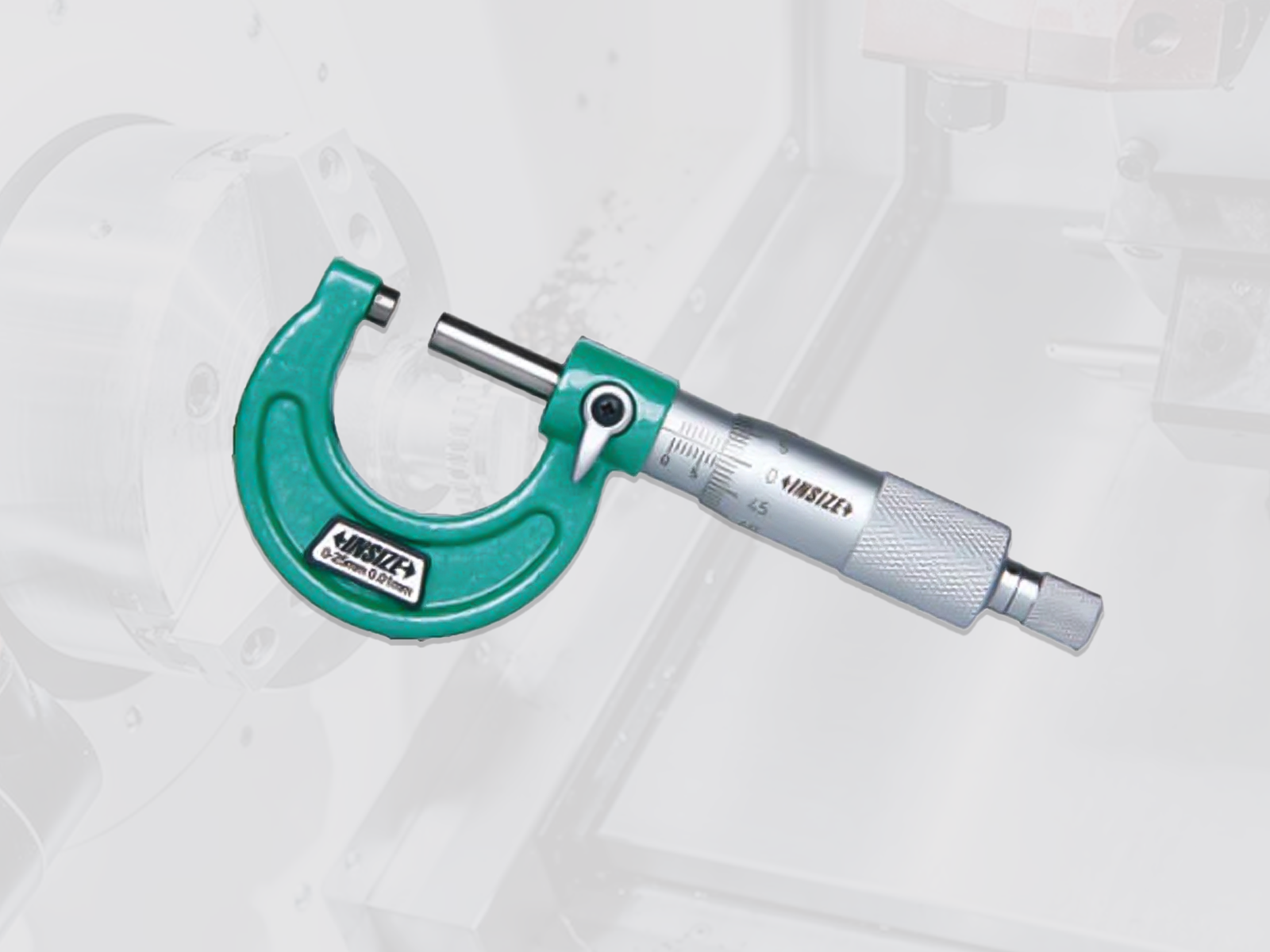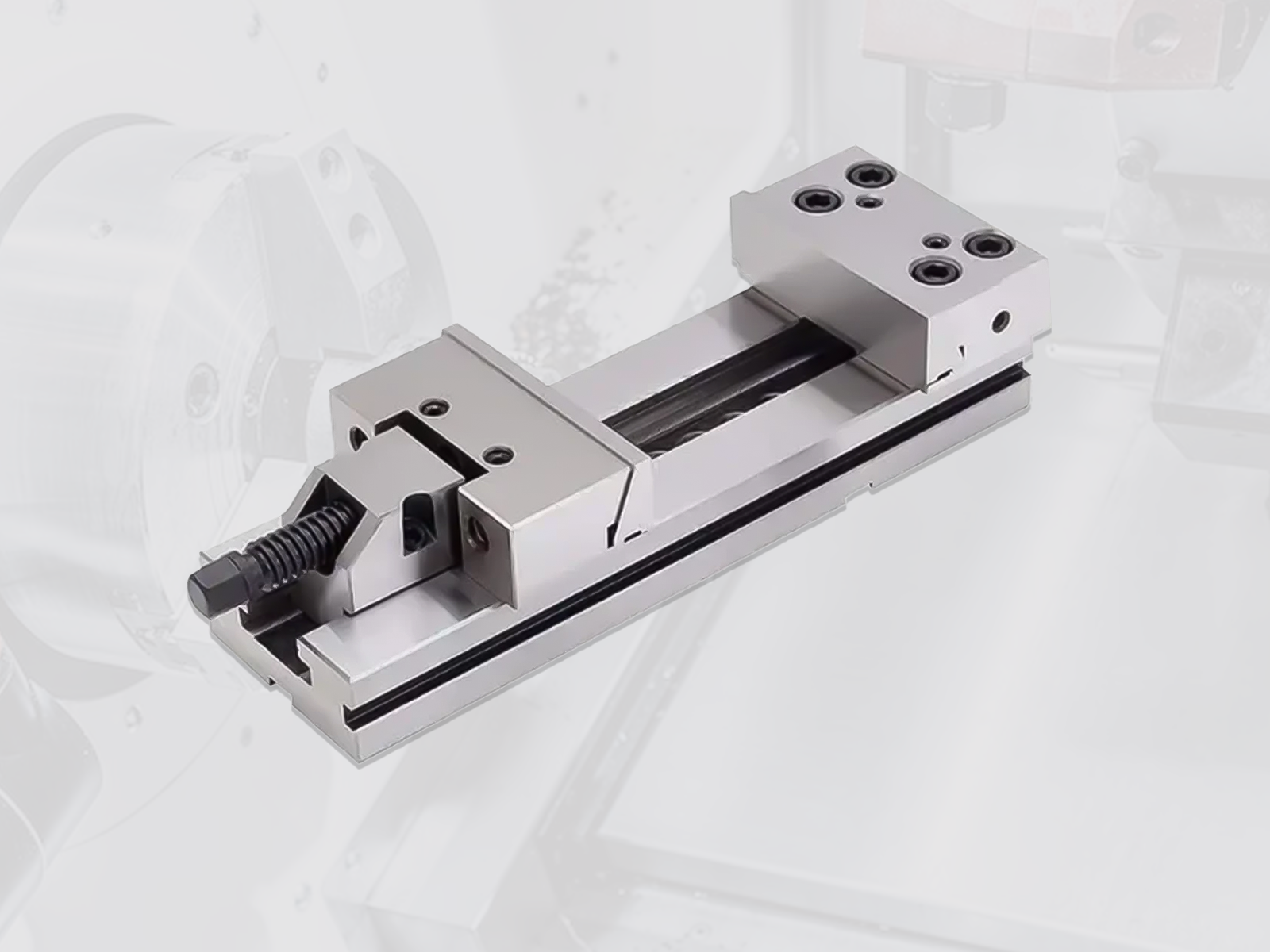Micrometer Guide: Types, Usage, Reading & Tips for Precision

What is a Micrometer?
Have you ever needed to measure something down to the hundredth of a millimeter? That's where a micrometer comes in. Whether you're a CNC machinist, engineer, or hobbyist, understanding micrometers is crucial for achieving precision. Think of it as a super-fine ruler that never lies—if used right.
Types of Micrometers
Micrometers come in various forms, each designed for specific measurement tasks:
1. Outside Micrometer (External Micrometer)
-
Function: Measures the external dimensions of an object, such as thickness, diameter, or width.
-
Applications: Commonly used for measuring shafts, blocks, and flat surfaces.
-
Range: Typically in 25 mm or 1-inch increments (e.g., 0–25 mm, 25–50 mm).
2. Inside Micrometer
-
Function: Measures the internal diameter of holes, bores, or slots.
-
Types: Tubular and caliper-type inside micrometers.
-
Applications: Inspection of cylinder bores, bushings, or machined holes.
3. Depth Micrometer
-
Function: Measures the depth of holes, steps, slots, and recesses from a reference surface.
-
Construction: Base sits flat on the reference surface while the spindle drops down for depth measurement.
-
Applications: Used in die-making, molds, and machined grooves.
Optional Variants:
-
Digital Micrometers: Offer LCD readouts, quick conversions, and data output for documentation.
-
Blade Micrometers: For narrow grooves or small spaces.
-
V-Anvil Micrometers: Measure the diameter of cutting tools with multiple flutes (like endmills).
Common Uses of Micrometers in Precision Engineering
Micrometers are a staple in industries that demand tight tolerances and dimensional accuracy, including:
-
CNC Machining & Part Inspection: To verify component sizes after machining.
-
Mechanical Engineering: For quality control during prototyping and production.
-
Tool & Die Manufacturing: Ensures consistency in mold cavities and tooling.
-
Automotive & Aerospace: Verifies critical dimensions in engine parts and airframe components.
Components of a Micrometer
Understanding the anatomy of a micrometer is key to proper usage and maintenance:
|
Component |
Description |
|
Frame |
Rigid, C-shaped structure that supports the instrument and ensures accuracy. |
|
Anvil |
Fixed contact surface that the object touches. |
|
Spindle |
Movable contact surface controlled by the thimble; contacts the object. |
|
Sleeve (Barrel) |
Stationary part with the main linear scale etched on it. |
|
Thimble |
Rotates to move the spindle; contains a rotating scale for fine readings. |
|
Ratchet Stop |
Applies consistent pressure for repeatable measurements. |
|
Lock Nut |
Locks the spindle in position once measurement is taken. |
How to Use a Micrometer (Step-by-Step)
Follow this guide to achieve accurate and consistent readings with your micrometer:
-
Clean the Tool & Surface
-
Ensure both the micrometer measuring faces and the object are clean and dry.
-
Even small dust particles can skew readings.
-
Check for Zero Error
-
Close the micrometer gently.
-
It should read exactly 0.00 mm or 0.000 in.
-
If not, perform a zero adjustment as per your micrometer type.
-
Open the Spindle
-
Rotate the thimble to create space between the anvil and spindle.
-
Insert the Object to Be Measured
-
Place the object between the measuring faces carefully.
-
Tighten Using the Ratchet Stop
-
Rotate the ratchet until it clicks (usually 2–3 times) to apply consistent pressure.
-
This avoids overtightening and potential tool damage.
-
Lock the Spindle
-
Use the lock nut to hold the spindle in place and prevent accidental movement.
-
Take the Reading
-
Read the main scale on the sleeve (in mm or inches).
-
Add the reading from the thimble scale for fine adjustment.
-
In digital micrometers, simply read the LCD screen.
Example: How to Read a Micrometer (Analog)
Let’s say:
-
Sleeve reads: 5.00 mm
-
Thimble reads: 0.38 mm
Final Reading: 5.38 mm
How to Read a Micrometer in mm
A standard metric micrometer usually has a least count of 0.01 mm.
Reading the Scales:
-
Main Scale (on Sleeve): Each division = 1 mm, with 0.5 mm subdivisions
-
Thimble Scale: 50 divisions; each division = 0.01 mm
Formula:
Total Reading = Main Scale Reading + (Thimble Division × 0.01 mm)
Example Reading in mm
If the main scale shows 13.0 mm and the 47th line on the thimble matches the sleeve line:
-
Total Reading = 13.00 mm + (47 × 0.01 mm) = 13.47 mm
Micrometer Reading Examples and Practice
Outside Micrometer Example:
-
Main Scale = 15.5 mm
-
Thimble = 22
-
Total = 15.5 + 0.22 = 15.72 mm
Depth Micrometer Example:
-
Used with interchangeable rods
-
Insert tool into hole, rest base on surface
-
Read just like the outside micrometer
Use Case Exercises
Exercise 1: Main scale = 12.5 mm, Thimble = 33 → Answer: 12.83 mm
Exercise 2: Main scale = 10.0 mm, Thimble = 08 → Answer: 10.08 mm
Micrometer Reading Chart (Quick Reference)
|
Main Scale |
Thimble |
Total Reading (mm) |
|
13.0 mm |
47 |
13.47 mm |
|
14.5 mm |
20 |
14.70 mm |
|
12.0 mm |
10 |
12.10 mm |
Conversion Table
|
mm |
Inches |
|
1.00 |
0.0394 |
|
10.00 |
0.3937 |
|
25.40 |
1.0000 |
Least Count Reference
|
Type |
Least Count |
|
Analog Metric |
0.01 mm |
|
Analog Imperial |
0.001 inch |
|
Digital |
As displayed |
Micrometer Simulator & Digital Alternatives
For practice, you can try online micrometer simulators like:
-
Virtual Micrometer by LFC
-
[Mitutoyo Digital Micrometer Simulators]
Digital Micrometers: Offer direct digital readout with memory and output capabilities. Ideal for production floors.
Tips for Using a Micrometer
-
Always clean the measuring surfaces before use.
-
Use the ratchet to avoid over-tightening.
-
Calibrate frequently.
-
Store in a dry and padded case.
Conclusion: Mastering Micrometer Measurement with Practice
Whether you're using it on a CNC machine, in a workshop, or in quality control, mastering the micrometer unlocks a new level of precision. With regular practice and understanding its structure and usage, even beginners can measure with confidence.
How do you read a micrometer step-by-step?
Check the zero reading, clean parts, use ratchet stop to clamp gently, read main scale on sleeve, then add thimble scale value × least count.
What is the least count of a standard micrometer?
0.01 mm for analog metric, 0.001 inch for imperial.
How do you use a micrometer correctly?
Hold it steady, apply even force via ratchet, ensure calibration, and avoid over-tightening.
What is the difference between inside and outside micrometers?
Outside micrometers measure outer dimensions; inside micrometers measure internal diameters.
How do you measure depth using a micrometer?
Use a depth micrometer: rest its base on the reference surface and extend the spindle until it touches the bottom.
What is a micrometer caliper?
It’s another term for a micrometer, especially an outside type.
Are there any tools for micrometer reading practice?
Yes, try virtual micrometer tools or simulators online.
What are micrometer counters used for?
Digital micrometers use counters to show values precisely.
Can micrometer readings be converted between inches and mm?
Yes, using conversion tables or built-in functions in digital micrometers.
Where can I find a micrometer simulator online?
TechnologyStudent.com or Mitutoyo offer interactive simulators for training.
Read More
-

, by Marketing Team ER Collet Guide: Sizes, Types, Applications & How They Work
-

, by Marketing Team Micrometer Guide: Types, Usage, Reading & Tips for Precision
-

, by Marketing Team CNC Fixture Design Guide | Types, Components & Tips for Machining




